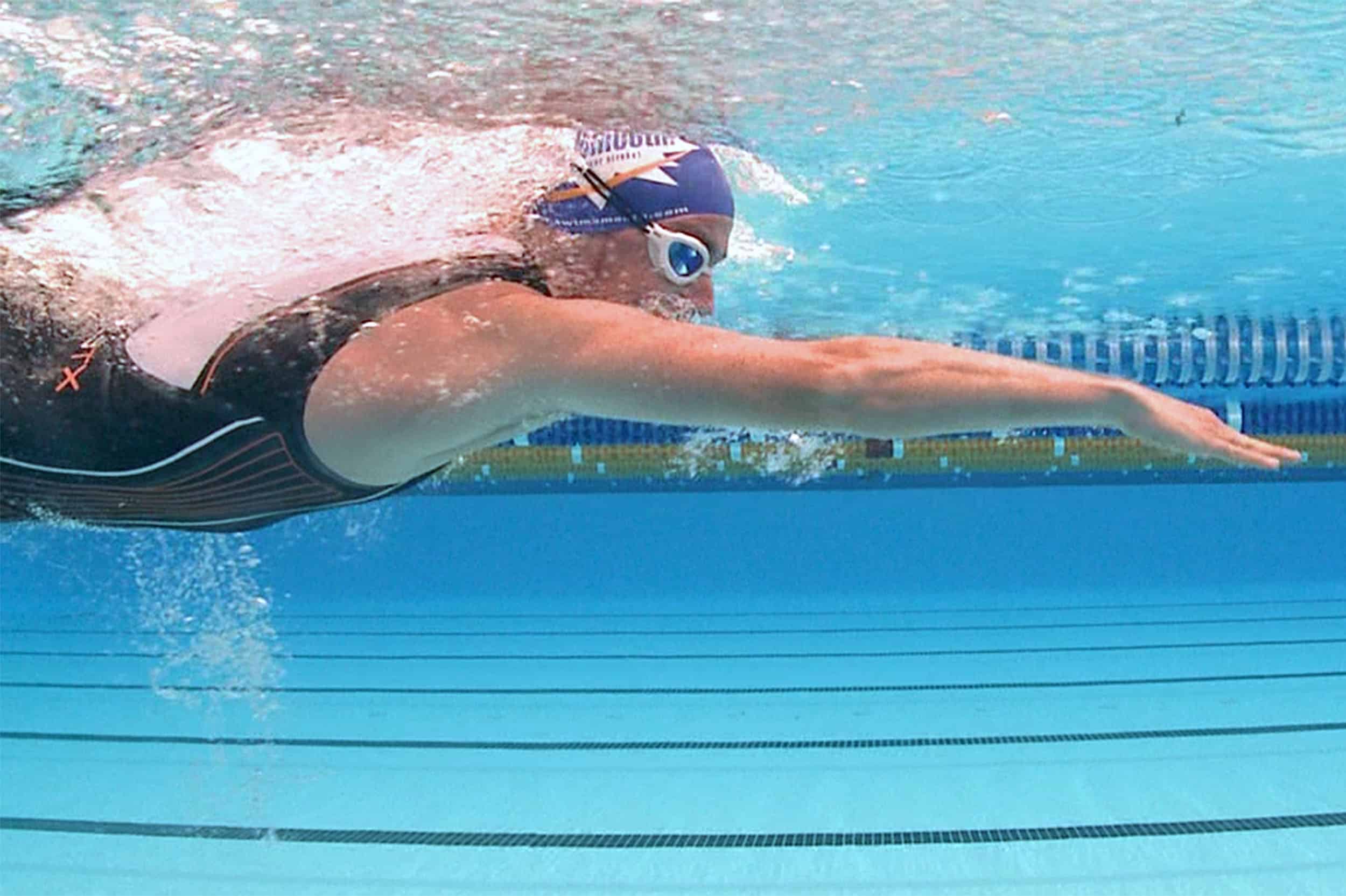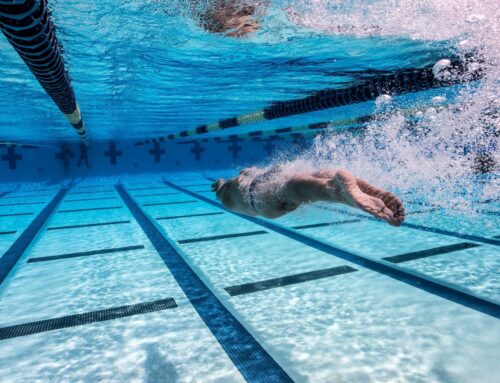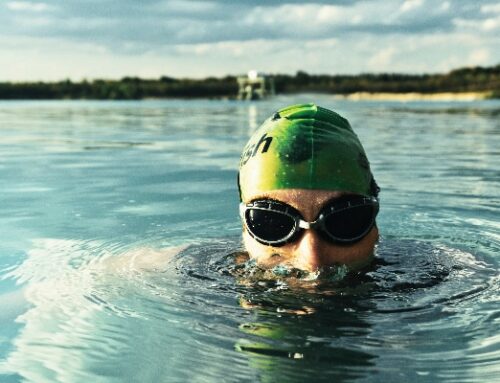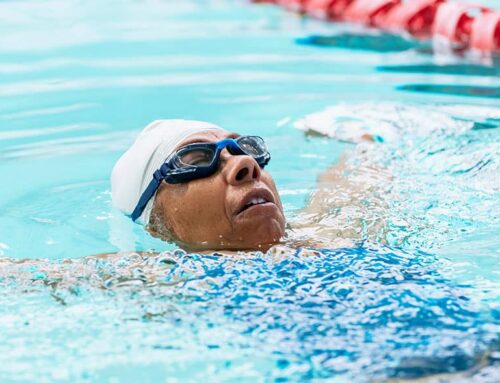The front crawl, also known as freestyle, is the fastest and most widely used swimming stroke. It’s a dynamic combination of coordination, endurance, and technique. Whether you’re a beginner or an experienced swimmer looking to refine your skills, this guide will break down the essential components of the front crawl to help you swim more efficiently and effortlessly.
- Body Position:
- Start with a streamlined body position, keeping your body horizontal and face in the water.
- Ensure your body remains straight from head to toe, minimizing resistance.
- Experiment with body rotation to find the optimal balance between power and streamlined positioning.
- Arm Technique:
- Practice the high elbow catch, ensuring your hand enters the water in line with your shoulder.
- As your hand extends forward, maintain a slight bend in your elbow for a more efficient pull.
- Focus on a fluid arm movement, avoiding unnecessary resistance and drag.
- Breathing Technique:
- Coordinate your breathing with your arm strokes for a smooth and continuous swim.
- Inhale quickly through your mouth when you turn your head to the side.
- Exhale forcefully through your nose when your face is in the water.
- Practice bilateral breathing to maintain balance and symmetry.
- Kick Technique:
- Keep your legs straight with a slight bend in your knees, kicking from your hips.
- Execute a flutter kick, generating power from your thighs and engaging your core muscles.
- Avoid excessive knee bending and aim for a quick, consistent kick to maintain momentum.
- Rotation and Body Roll:
- Incorporate body rotation into your stroke to engage more muscle groups and increase propulsion.
- Rotate your body with each arm stroke, allowing your hips and shoulders to move as one unit.
- The rotation helps reduce drag and enhances the efficiency of each stroke.
- Rhythm and Tempo:
- Establish a steady and comfortable rhythm that suits your fitness level and goals.
- Experiment with stroke tempo, finding a balance between quick, efficient movements and sustainable endurance.
- Use a metronome or swim with music to help establish and maintain a consistent stroke tempo.
- Drills for Improvement:
- Integrate drills into your training routine to focus on specific aspects of the front crawl.
- Examples include catch-up drill, zipper drill, and finger drag drill.
- Drills can help isolate weaknesses and reinforce proper technique.
- Endurance Training:
- Build endurance gradually by increasing your swim distance and duration.
- Incorporate interval training to improve both speed and stamina.
- Consistent practice and progressive workouts will contribute to better overall performance.
- Video Analysis:
- Record yourself swimming and review the footage to identify areas for improvement.
- Seek feedback from coaches or experienced swimmers to gain valuable insights into your technique.
Perfecting the front crawl requires a combination of technical precision, endurance, and mindful practice. By focusing on body position, arm technique, breathing, kick, rotation, rhythm, and consistent training, you can refine your front crawl and enjoy the benefits of efficient and enjoyable swimming. Embrace the journey of improvement, stay committed to your practice, and watch as your front crawl evolves into a fluid and powerful stroke. Happy swimming!







